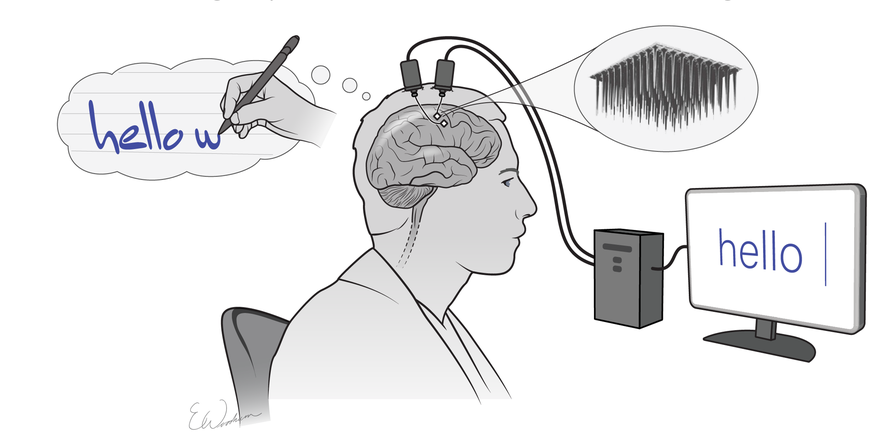Manual writing from brain to computer
A person with paralysis at the bottom of the neck decodes on a screen the signals created in the brain when thinking he is writing by hand. It has been released in the journal Nature.
The closest thing to what has been achieved so far through interfaces that connect the brain and a computer was to write letters by selecting letters using a controlled cursor with the brain. This technique allowed a maximum of 40 characters per minute. They have now reached 90 characters per minute.
They asked the participant to try to write as if he did not have a paralyzed hand, as if he were holding a pen on paper. And with artificial intelligence, they prepared the computer to read the neuronal activity developed in the brain during this exercise. Thus, they have been able to decode the brain signals of fine movements that are made by hand and convert them into text.
It is an important step and, according to researchers, can be useful for other activities such as speech. However, they warn that, before expanding the use of this technology, safety, sustainability and efficiency should be analyzed very well.






